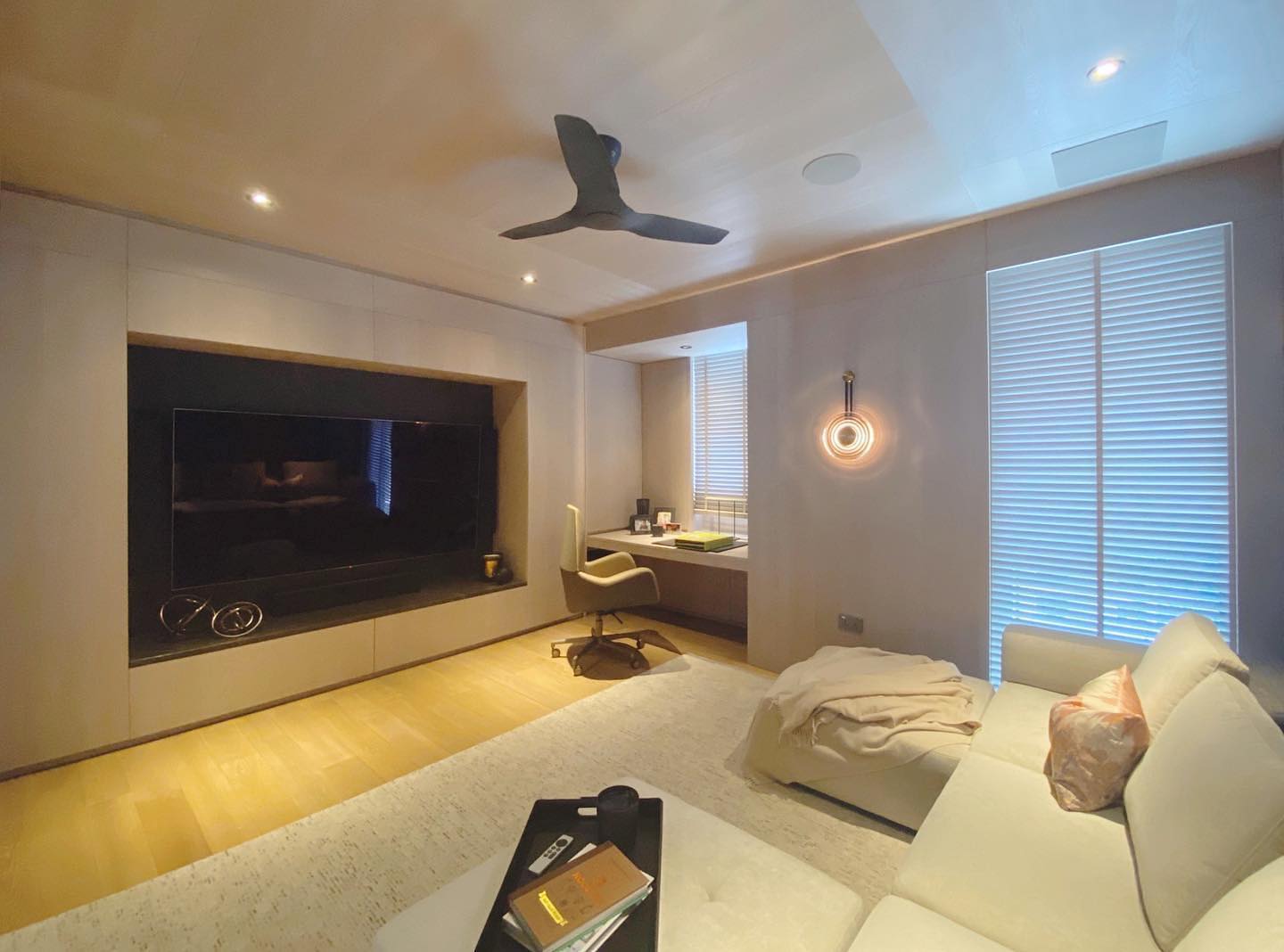Living in Singapore means dealing with plenty of sunshine—and just as much humidity. While the tropical weather has its perks, it can be tough on your home furnishings, especially window treatments. If you’re thinking about installing new blinds, it’s important to choose materials that can hold up against heat and moisture without warping, fading, or growing mold.
So, what are the best materials for window blinds in Singapore’s humid climate? Here are some top choices that combine durability, style, and practicality.
1. PVC: Durable and Moisture-Resistant
PVC (polyvinyl chloride) is one of the most reliable materials you can choose for humid environments. It’s completely resistant to moisture, which means it won’t grow mould even in bathrooms or kitchens where humidity is highest. They are materials used for roller blinds and venetian blinds.
Another advantage of PVC blinds is how easy they are to clean—just a quick wipe with a damp cloth and they’re good as new. Plus, PVC is incredibly versatile and often comes in finishes that mimic the look of real wood, so you don’t have to compromise on style.
2. Faux Wood: The Classic Look, Made Weather-Ready
If you love the warmth and elegance of timber but worry about how it will handle Singapore’s humidity, faux wood blinds are the perfect alternative. Faux wood area popular alternative to wooden blinds, due to their water resistant nature. These are usually made from a mix of PVC and other composite materials, giving you the appearance of real wood without the risk of warping or cracking.
Faux wood is ideal for living rooms, bedrooms, or even balconies—basically anywhere you want a cozy feel without the maintenance hassle of natural wood. Just make sure to go for high-quality options to avoid issues like discolouration over time.
3. Aluminium: Sleek, Strong, and Rust-Resistant
Aluminium blinds are another great choice for Singapore homes. They’re lightweight, won’t absorb moisture, and are resistant to rust—especially if they come with a protective coating. That makes them a smart pick for areas exposed to lots of heat or humidity.
They also offer a clean, modern look that works well in contemporary interiors or home offices. Plus, they’re super easy to maintain—just dust them off occasionally or give them a quick wipe.
4. Polyester Blends: A Reliable Fabric Option
When it comes to fabric blinds—like rollers or vertical styles—look for those made from polyester blends. These synthetic materials are better at resisting moisture than natural fabrics like cotton or linen, and they tend to hold their shape well over time.
Polyester blinds are great for larger windows or sliding doors, especially if you prefer a softer, more minimalist look. For extra protection, you can even choose versions with moisture-resistant or antimicrobial coatings.
5. Bamboo: Beautiful, Breathable, and Eco-Friendly
Bamboo blinds bring a natural, earthy feel to your home and can actually do quite well in humid conditions—if they’re properly treated. When sealed or lacquered, bamboo resists moisture and mold while allowing for better air circulation than heavier materials. While bamboo blinds are traditionally used as outdoor blinds, they can be used indoors as well.
These are ideal if you’re going for a more zen or tropical vibe in your space. Just make sure to choose high-quality, treated bamboo to ensure it lasts in Singapore’s humid weather.
Final Thoughts
Choosing the right material for your window blinds can make a big difference—especially in a humid climate like Singapore’s. Materials like PVC, faux wood, aluminium, treated bamboo, and polyester blends are all excellent choices if you want something that can handle heat and moisture while still looking great.
Not sure which type is best for your home? We’re here to help. Contact us for a free consultation or explore our collection of weather-friendly window blinds made for Singapore homes.


